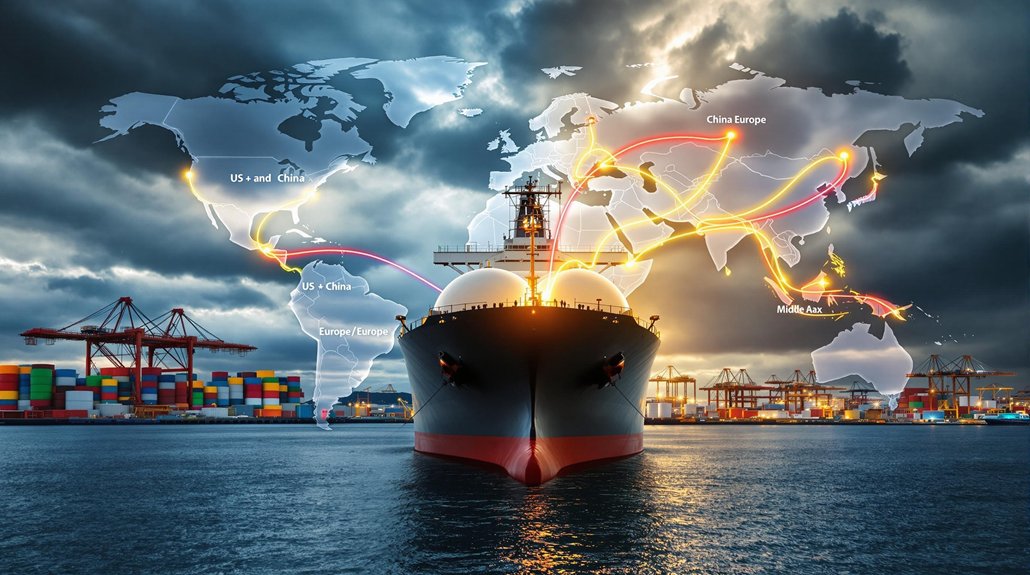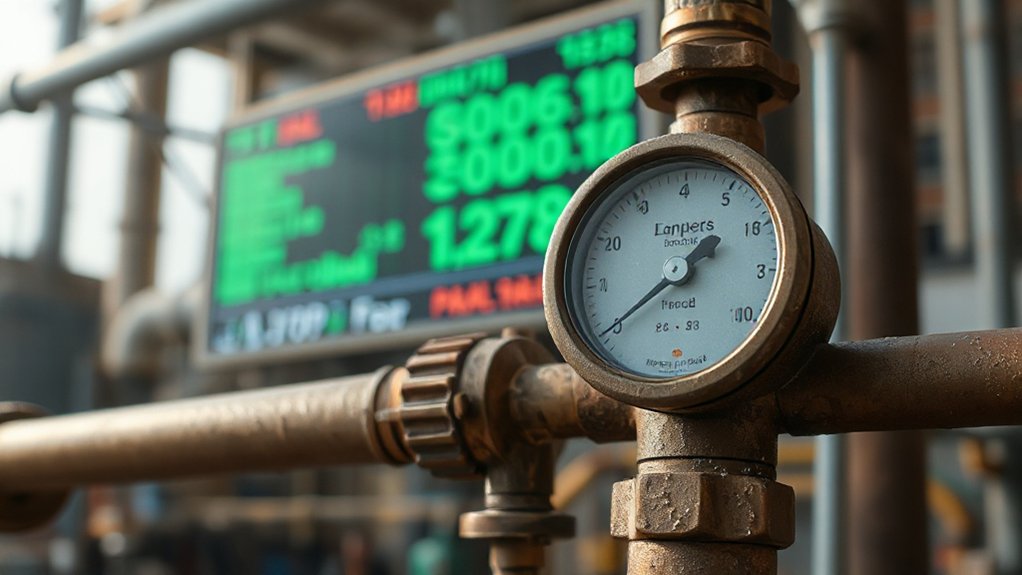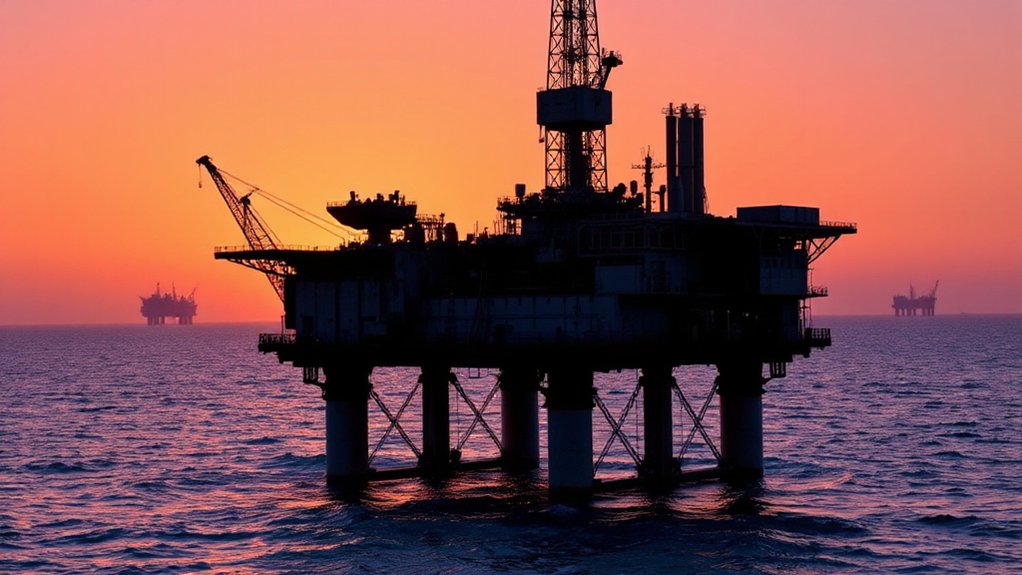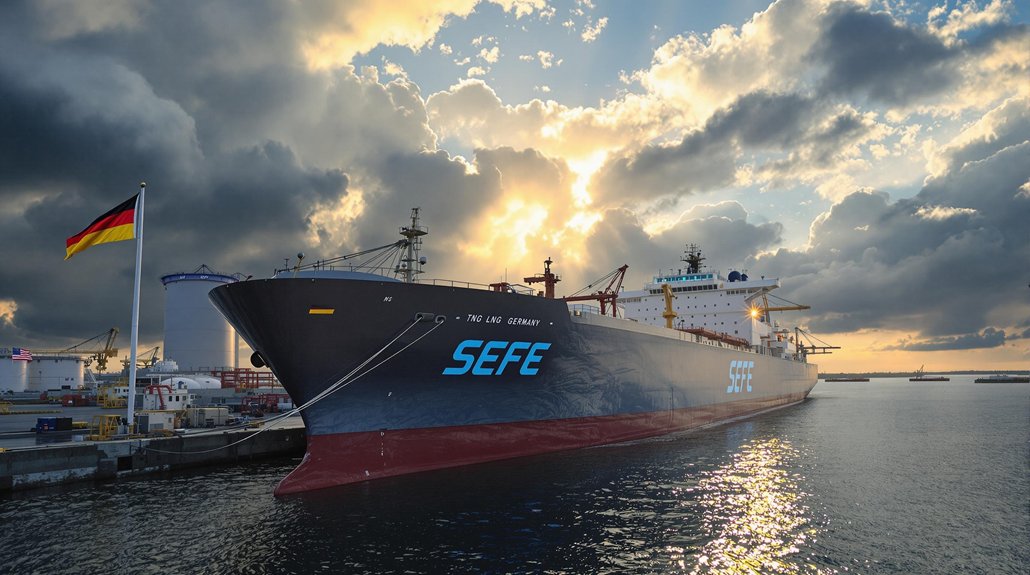US-China tariff tensions are reshaping global LPG trade flows. China’s threatened 125% tariff on US LPG imports could disrupt 14% of global seaborne LPG trade and 55% of ethane trade. Chinese buyers are seeking alternative suppliers from the Middle East, Australia, and Russia. US exporters are pivoting to European and Latin American markets. These shifts will likely alter shipping routes and depress freight rates. The ripple effects extend beyond just these two economic powers.
While tensions between the US and China continue to rise, the global liquefied petroleum gas (LPG) market faces major disruption as both nations threaten new tariffs. The US recently imposed a 145% tariff on Chinese imports, with China responding with a potential 125% tariff on US goods, including LPG. This development is particularly concerning as US LPG currently makes up half of China’s total LPG imports in 2024.
The trade relationship is significant for both countries. US-China trade comprises 30% of US LPG exports and 55% of US ethane exports this year. A similar tariff war in 2019 caused a major setback in LPG trade between the nations, which only recovered after tariffs were relaxed in 2020. These trade conflicts follow a pattern where tariffs are used as economic tools for addressing both commercial and geopolitical concerns.
These disruptions affect 14% of global LPG seaborne trade and 55% of global ethane trade. If China halts US LPG imports, cargoes will likely be rerouted to Europe and Latin America. Alternative suppliers from the Middle East, Australia, and Russia are expected to gain market share as Chinese buyers diversify their sources. Canada’s recent regulatory reforms for energy projects could provide additional critical minerals supply to global markets as nations seek more reliable trade partners.
China’s vulnerability to trade disruptions has increased. The country’s propane dehydrogenation capacity has grown dramatically from 6.6 million tonnes per year in 2019 to 22.6 million tonnes by September 2024, creating greater dependence on steady LPG supplies. This expansion is driving China’s search for replacement supply sources as the country’s petrochemical sector already faces negative margins since early 2023.
The shipping industry also faces consequences. Trade route changes will alter typical LPG shipping lanes and reduce tonne-mile demand as shorter routes from new suppliers replace longer US-China voyages. This could depress global freight rates, with recovery potentially delayed until 2027-28.
Europe faces its own challenges with its ban on Russian LPG starting December 2024. European importers will likely absorb some US LPG diverted from China, creating a complex reshuffling of global trade flows.
Market participants are adapting strategically. Chinese importers are securing term contracts with Middle Eastern and Russian suppliers, while US exporters increase spot sales and seek new markets in Europe, Latin America, and Africa.








